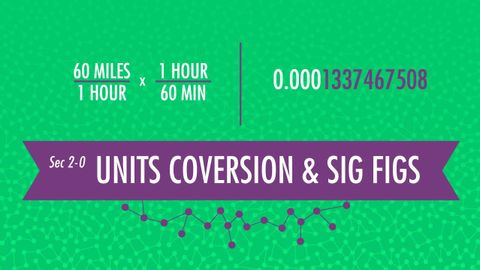
Subtitles & vocabulary
Unit Conversion & Significant Figures: Crash Course Chemistry #2
00
香蕉先生 posted on 2022/06/05Save
Video vocabulary
episode
US /ˈɛpɪˌsod/
・
UK /'epɪsəʊd/
- Noun
- One separate event in a series of events
- Show which is part of a larger story
B1TOEIC
More absolutely
US /ˈæbsəˌlutli, ˌæbsəˈlutli/
・
UK /ˈæbsəlu:tli/
- Adverb
- Completely; totally; very
- Considered independently and without relation to other things; viewed abstractly; as, quantity absolutely considered.
A2
More significant
US /sɪɡˈnɪfɪkənt/
・
UK /sɪgˈnɪfɪkənt/
- Adjective
- Large enough to be noticed or have an effect
- Having meaning; important; noticeable
A2TOEIC
More realize
US /ˈriəˌlaɪz/
・
UK /'ri:əlaɪz/
- Verb (Transitive/Intransitive)
- To become aware of or understand mentally
- To achieve or make something happen.
A1TOEIC
More Use Energy
Unlock All Vocabulary
Unlock pronunciation, explanations, and filters
